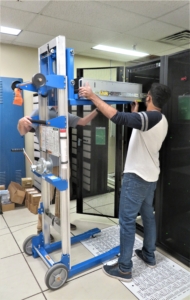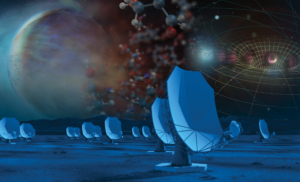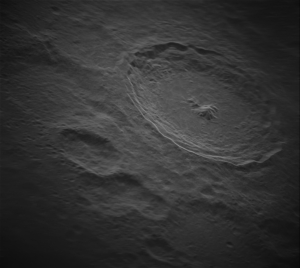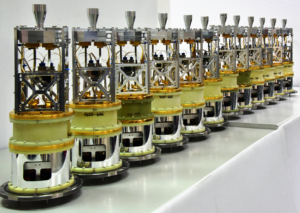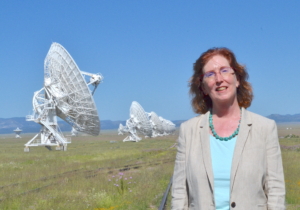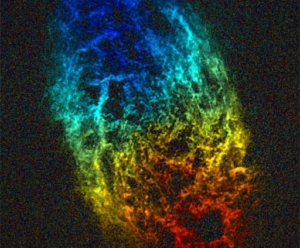A system designed to provide streaming data from the VLA to SETI Institute equipment to search for radio transmissions possibly generated by extraterrestrial civilizations has successfully completed its first test.
Next Generation Very Large Array Strongly Endorsed by Decadal Survey
The Astronomy and Astrophysics Decadal Survey (Astro2020) of the U.S. National Academy of Sciences has given high priority to the Next Generation Very Large Array (ngVLA) as part of its strategy and vision for the next decade of research at the frontiers of astronomy and astrophysics.
IMAGE RELEASE: Moon’s Tycho Crater Revealed in Intricate Detail
The National Science Foundation’s Green Bank Observatory and National Radio Astronomy Observatory, and Raytheon Intelligence & Space have released new high-resolution images of the Moon, the highest-ever taken from the ground, using new radar technology on the Green Bank Telescope (GBT).
New Receivers Achieve First Light, Set Record for Observational Capabilities at ALMA
A new set of receivers installed on antennas at the Atacama Large Millimeter/submillimeter Array (ALMA) have achieved first light. With it, they set a new record for the longest wavelengths visible with the radio array. The achievement has opened a window on the Universe previously inaccessible at the telescope, thanks to an international team of engineers, including engineers from the National Radio Astronomy Observatory (NRAO).
NRAO Names New Assistant Director for New Mexico Operations
The National Radio Astronomy Observatory has named Dr. Patricia (Trish) Henning as its next Assistant Director for New Mexico Operations. In that role, she will lead the operations of the Very Large Array, the Very Long Baseline Array, and the Domenici Science Operations Center in Socorro, NM.
Invisible Colors: Why Astronomers Use Different Radio Bands
Radio light is invisible to our eyes, so it’s easy to think of all radio light as the same. But radio is filled with colors, just as the colors of visible light we can see, and radio astronomy is at its most powerful when we use all the colors of its rainbow.






